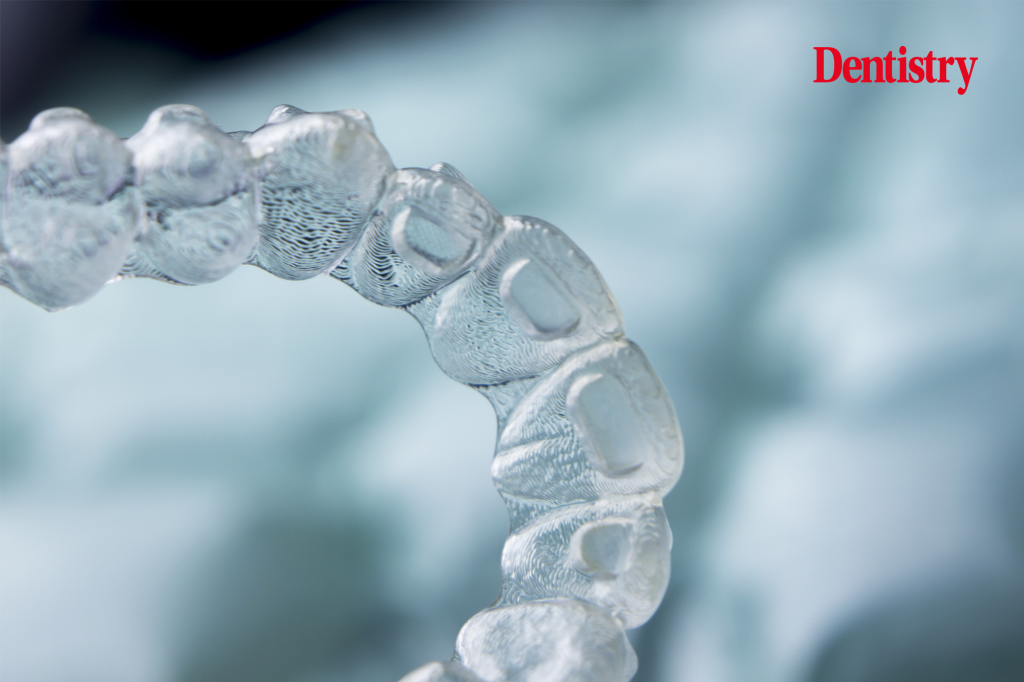
Gina Vega explains everything dental professionals need to know about Invisalign attachments, particularly their uses in clear aligner therapy.
What are Invisalign attachments?
Attachment are small additions of composite material placed on the surface of the teeth. They are bonded to the teeth to help the aligners apply the right amount of force and direction to move the teeth.
The attachment acts as an extension of the tooth surface. It increases the contact area and the friction between the aligner and the tooth. This helps to transmit the force more effectively and prevent the aligner from slipping off the tooth.
There are two types of attachments: conventional and optimised attachments.
Conventional attachments
Conventional attachments are passive attachments that increase the engagement of the aligner onto the tooth. Basically, their main function is retention of the aligner. To fully express prescribed movements, the aligners have to be fully seated.
Conventional attachments can also aid the movement of teeth. They act as an extra surface for the aligner to ‘push’ the teeth to move them in the desired direction.
Conventional attachments can be added using the 3D controls on the Clincheck Pro software, or by a prescription to the technician.
They can be modified in several ways. We can change the length, the thickness or the angulation of the attachments depending on our needs.
Optimised attachments
Optimised attachments are engineered and patented by Align Technology. They provide SmartForces – that is the amount of force necessary to create the ideal movement of the tooth. They are automatically placed by the ClinCheck software when a certain amount and type of planned tooth movement is detected.
It is important to note that the attachment recess in the aligner is not the same shape as the optimised attachment. Unlike with conventional attachments, the software determines the shape of the aligner with two considerations.
The ‘active’ surface of the aligner engages and applies force onto the ‘active’ surface of the attachment. The ‘inactive’ surface of the aligner has an intentional gap or reservoir, providing clearance for unimpeded tooth movement. Although this may give the appearance that the attachment is not fully seated in the aligner, this excess space is intentional.
The biomechanics of Invisalign attachments are based on the principle of aligner activation, which is the difference between the shape of the aligner and the shape of the tooth. The aligner activation creates a force system that acts on the tooth and the attachment, causing the tooth to move in the desired direction.
The difference between conventional and optimised attachments is that the latter are more precise and efficient in delivering the force system needed for complex tooth movements. They are also less visible and more comfortable for the patient. However, conventional attachments can still be used for simple tooth movements.
If you want to improve your knowledge on attachments and biomechanics, come to my Diamond Masterclass where I will explain in detail everything that is to know about Invisalign and treatment planning.
Visit www.alignertraining.co.uk for more information about the Invisalign Diamond Masterclass.


